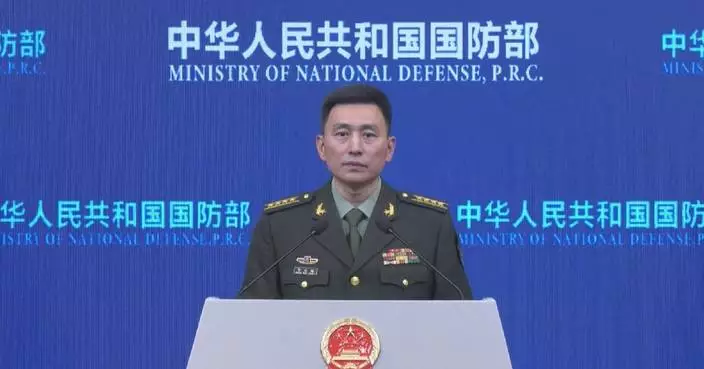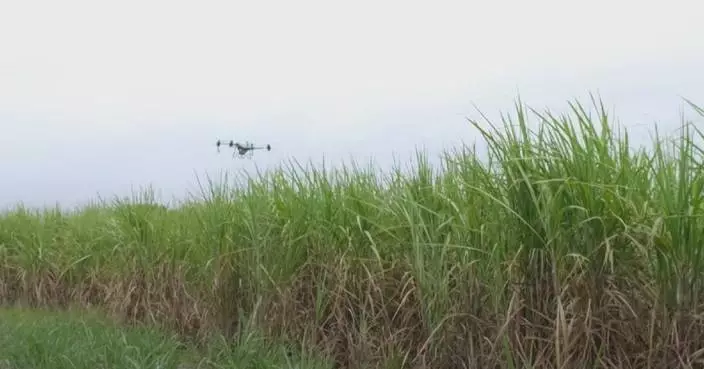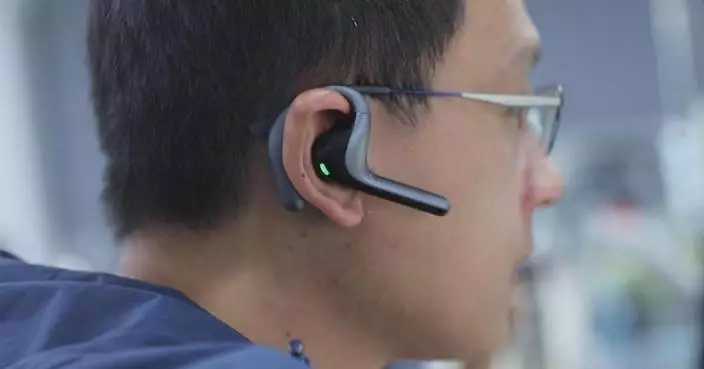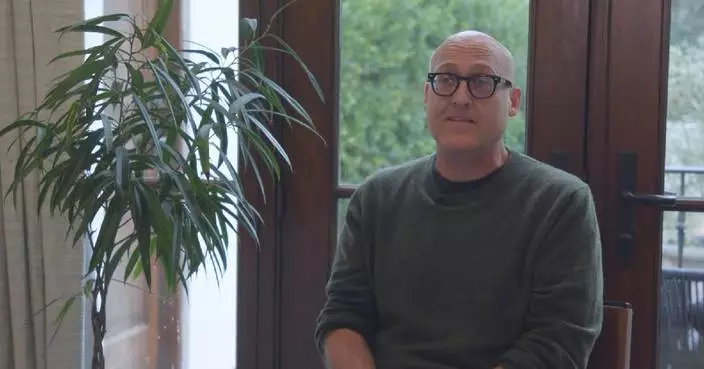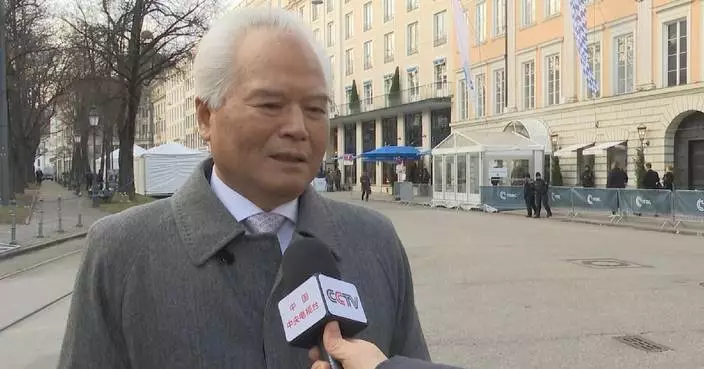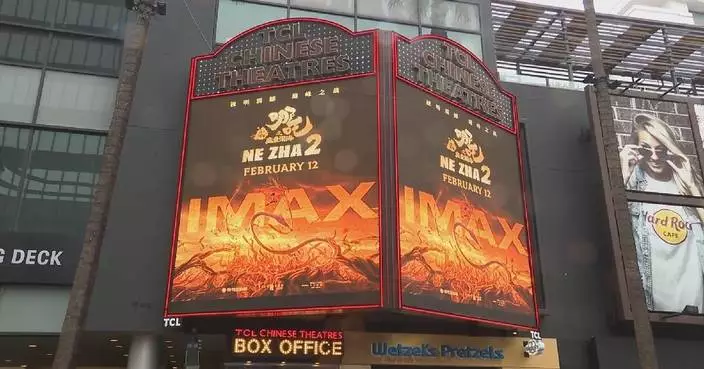Chinese Vice Premier He Lifeng on Thursday held talks via video links with French Minister of Economy, Finance and Industrial and Digital Sovereignty Antoine Armand.
The two sides had an in-depth exchange of views on recent economic and financial cooperation between the two countries and issues of common concern.
He, the Chinese lead person of the China-France High Level Economic and Financial Dialogue, said the two sides should faithfully implement the important consensus reached by the two heads of state, further deepen cooperation in economic, financial and other fields, strengthen complementarity, work for mutual benefit and win-win results, and push for the steady and sound development of China-France economic and trade cooperation.
As the French lead person of the dialogue, Armand said France is willing to enhance coordination with China to constantly expand bilateral cooperation to a wider range and a deeper level.
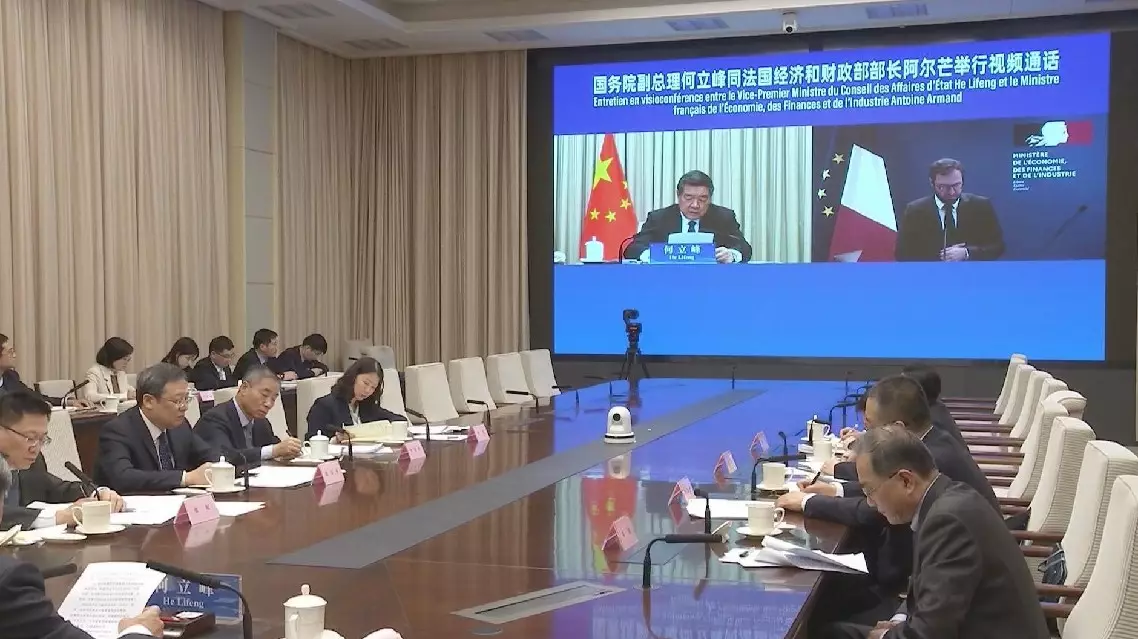
Chinese vice premier calls for enhanced economic, financial cooperation with France
A Chinese defense ministry spokesman on Friday criticized Japan's development of offensive weapons, calling it a dangerous departure from its pacifist constitution.
Zhang Xiaogang, spokesman for the Ministry of National Defense, made the remarks at a regular press conference in response to a report that Japan's Defense Ministry has, for the first time, publicly disclosed details of its development of a new ballistic missile with a range of 3,000 kilometers, far exceeding the scope of its "exclusively defense-oriented policy," which is seen as an effort to develop offensive weapons following U.S. calls for allies to enhance their strike capabilities.
"In recent years, Japan has continuously breached constraints of its pacifist constitution, moving further down the path of military expansion, which is dangerous and unpopular. The lessons of history are not the distant past, as Japanese militarism once brought innumerable disasters to Japan, Asia, and the rest of the world. This year marks the 80th anniversary of the victory of the Chinese People's War of Resistance Against Japanese Aggression and the World Anti-Fascist War. We demand that Japan draw profound lessons from history, exercise caution regarding military security, and take concrete actions to promote regional peace and stability, thereby earning the trust of its Asian neighbors and the international community," said Zhang.
Japan's current Constitution, drawn up under the Allied occupation following World War II, is best known for its Article 9, by which Japan renounces its right to wage war and promises that "land, sea, and air forces, as well as other war potential, will never be maintained."

China's defense ministry criticizes Japan's development of offensive weapons










